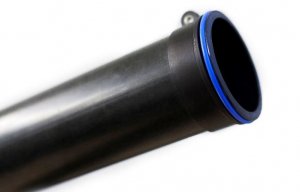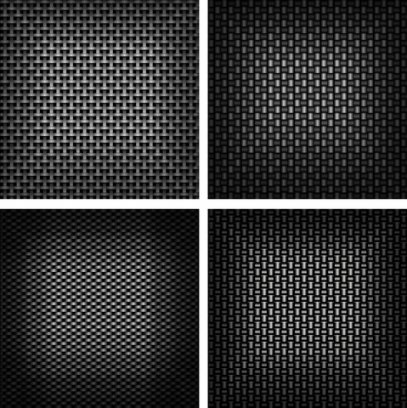
TFP develops lightweight composite pipe for aircraft fuel systems
According to a series of new Textiles Intelligence reports, global demand for technical textiles is on the rise as new applications and new markets continue to emerge. The reports can be purchased via Innovation in Textiles by following the links below: Innovation and Internationalisation Drive Success in the German Technical Textile Industry; Â New Technologies for Making Up Technical Textiles and Clothing; Â The World Nonwovens Industry: Part 1 -- The Leading Ten Producers;

11th November 2011
Innovation in Textiles
|
Over the long term, global demand for technical textiles is expected to rise by 5% per annum, providing myriad opportunities for manufacturers supplying a number of different sectors - notably automotive, construction, environment, energy and medical. In many developing and newly industrialised countries, the use of technical textiles in industrial applications will intensify, thus providing enormous opportunities internationally.
Demand is also being stimulated by the increasing need for mobility, where technical textiles can play an important role by improving the attributes of products made by the automotive industry. In vehicle construction, technical textiles have an important role to play in increasing the safety and comfort of drivers and passengers, and reducing the amount of energy consumed by vehicles.
More ambitiously, the use of technical textiles can help the automotive industry to comply with EU directives aimed at reducing CO2 emissions. Panels and components made from carbon fibre reinforced plastics (CFRPs) are now being used in mass produced vehicles to reduce vehicle weight and hence fuel consumption. In the construction industry, the technical textile industry should profit from an increase in global demand for infrastructure, where technical textiles can be used for both functional and visual reasons.
For instance, embankments and shore areas can be strengthened and stabilised using geotextiles based on natural materials, such as jute. Energy consumption in buildings can be reduced by using textile-based insulating materials. The move towards increasing environmental protection and energy efficiency will have a highly positive effect on the demand for technical textiles, where there are numerous applications.
In the energy sector, CFRPs are useful in the manufacture of rotor blades for wind farms because of their low weight and high stability. This market will grow rapidly as the investment in sustainable sources of energy gathers pace.
In the growing environmental sector, technical textiles have long been used in the manufacture of filters to remove impurities and pollutants in gases and liquids. Less well known is the use of technical fabrics for water storage and distribution in underground irrigation systems. This technique is more efficient than traditional methods, and is of great interest to countries in dry areas of the world.
Textile-based materials could also make a major contribution to energy efficiency. The EU in particular has set a target of achieving a 20% increase in energy efficiency by 2020. Another growing sector is healthcare with expenditure increasing by around 3-4% per annum as a result of technical advances, higher incomes and the increasing proportion of older people.
There are multiple uses for technical textiles in the medical field - such as absorbable sutures for stitching internal wounds and artificial textile-based implants to name a few. The technical textile industry is therefore set to profit from growth in this highly specialised sector.
These examples represent only a small sample of the fields of application for technical textiles which are driving growth in the industry. But if the technical textile industry is to make the most of the opportunities available and achieve higher market shares, it is important that end users are made more aware of the existence of fibre-based materials, their special properties and the additional benefits they confer. This is likely to require education by the technical textile industry itself.

Business intelligence for the fibre, textiles and apparel industries: technologies, innovations, markets, investments, trade policy, sourcing, strategy...
Find out more